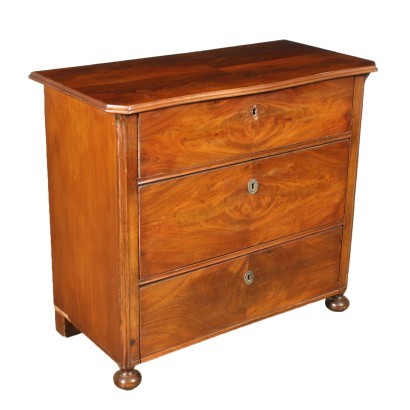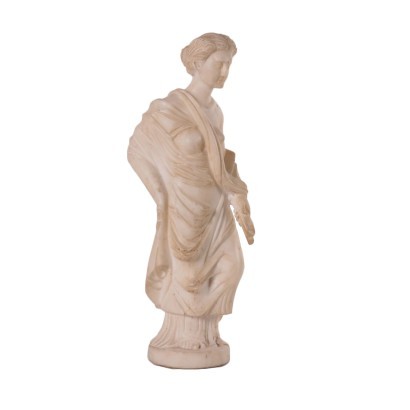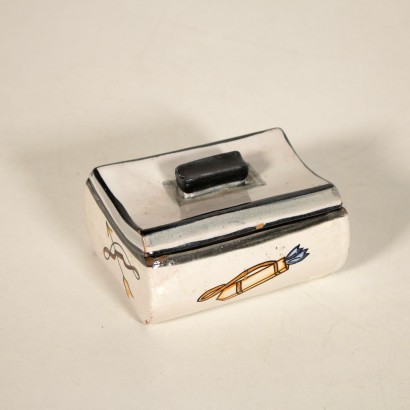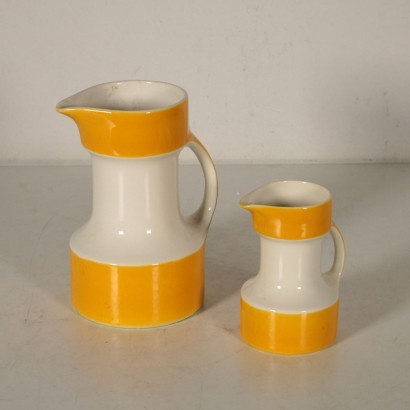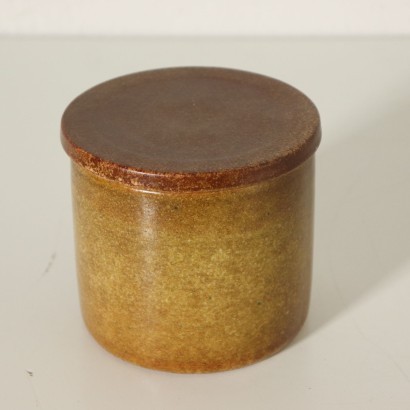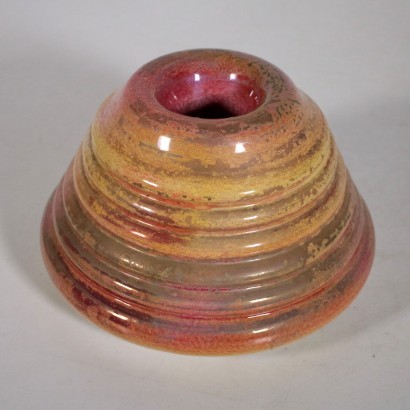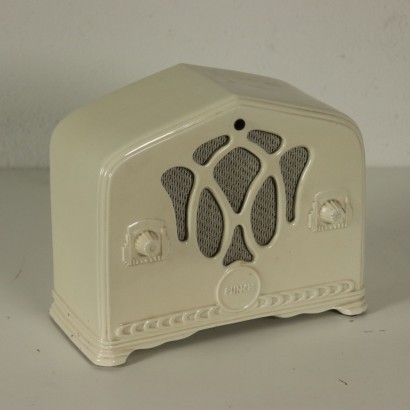Austro-Hungarian Empire chest of drawers
Features
Age: 19th Century / 1801 - 1900
Origin: Austro-Hungaric Empire
Material: Mahogany Feather Banded Veneer
Description
Austro-Hungarian Empire chest of drawers supported by feet of which the front ones are turned, equipped with three drawers. In mahogany and mahogany feather, the interiors are in pine.
Product Condition:
Product in fair condition showing some signs of wear.
Dimensions (cm):
Height: 80
Width: 90
Depth: 45
Additional Information
Age: 19th Century / 1801 - 1900
19th Century / 1801 - 1900Main essence:
Mahogany
It is one of the most precious and sought-after woods in cabinet making. It was discovered in Central America around 1600 and began to be imported to England in the 1700s. Much appreciated for its hardness and indestructibility, it became widespread following the blocking of walnut exports from France in 1720 and the consequent elimination of English import duties on mahogany from the colonies in America and India. The most valuable version comes from Cuba, but it became very expensive. At the end of the 18th century it began to be used also in France in Louis XVI, Directory and Empire furniture, its diffusion declined starting from when Napoleon, in 1810, forbade its import. It was generally used in the manufacture of elegant furniture, due to its characteristics and beautiful grain.Pine
The term pine wood indicates the essence from various species of conifers, especially Scots pine, maritime pine and pinea pine. Used since ancient times for the most common furniture, with the advent of the veneer technique, in the 1600s, it was widely used in the construction of the structure of even luxury furniture, which were then covered, decorated (in Venice) or gilded ( in England). It has a color that varies from white to yellow with reddish hues and can be both very soft and very hard.Material: Mahogany Feather Banded Veneer
It could also interest you



